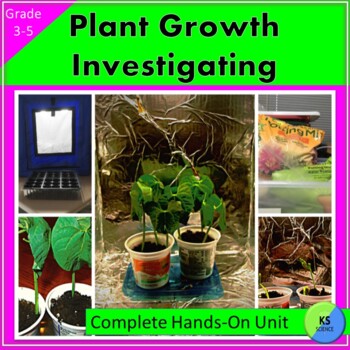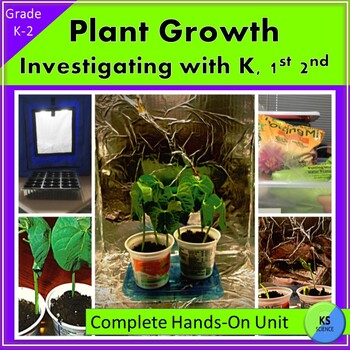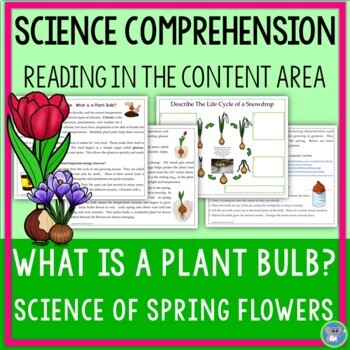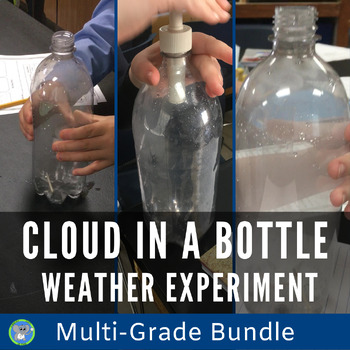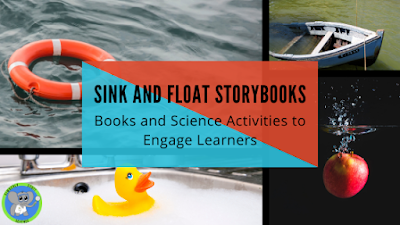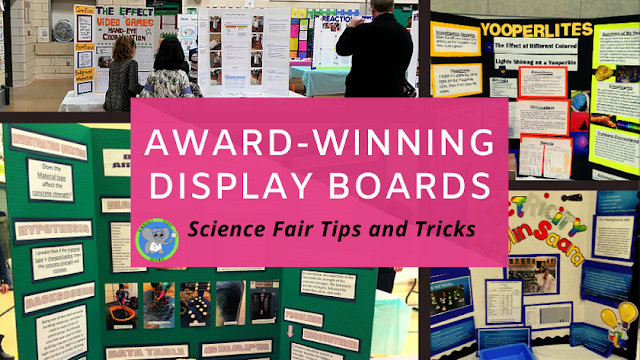March is Reading Month Science Themed Activities and Experiments
Cross-curricular activities are a great addition to March is Reading Month. Reading Month was inspired by the fact that Dr. Seuss's birthday is in March. The Lorax is his most popular science-themed book because of its connection to helping the planet. Many storybooks have a science connection because science is all around us. Creating a March is Reading Month Science Theme allows you to conduct hands-on experiments inspired by stories. Check out our list of great science themes for March is Reading Month.
We have included book ideas and links to activities. However, we are not affiliated with the books and receive no compensation from them, so there are no links to them. All books can be easily found.
Spring Into Science-Life Cycles and Plants
Books
- "The Tiny Seed" by Eric Carle
- "From Seed to Plant" by Gail Gibbons.
- "Oh Say Can You Seed? All About Flowering Plants" (The Cat in the Hat's Learning Library) by
- "The Dandelion Seed: A Life Cycle Nature Book for Kids" by
- "Flip, Float, Fly: Seeds on the Move" by
- "The Magic School Bus Plants Seeds: A Book About How Living Things Grow" (Magic School Bus TV) by
Activities
- Dissect a bean seed by soaking it in water for 1-2 hours and then students can split it open to see the embryonic plant.
- Learn about seed dispersal and have students create a seed that can travel in certain conditions. (Wind, water, animals, etc.)
- Compare monocot and dicot seeds by growing bean and corn seeds.
Observe and investigate seed growth. This activity allows students to record data and discover what plants need to survive. They will follow the scientific method and learn how seed depth affects growth. Students can dissect their plants at the end to see all the plant parts.
Extension
The upper grades can expand to learn about plant bulbs with a reading passage, worksheets, and activity. This will merge the theme into ELA even more.
Weather Wonders-Exploring Meteorology
Books
- "A Year With The Wind" by Hanna Konola
- "Come On, Rain!" by Karen Hesse
- "Cloudy with Chance of Meatballs" by Judi Barrett
- "Fly Guy Presents: Weather by Tedd Arnold
- "Little Cloud" by Eric Carle
- "Weather Words and What They Mean" by Gail Gibbons
- "The Cloud Book" by Tomie de Paola
- "Hide and Seek Fog" by Alvin Tresselt
Activities
- Discover the water in the air by placing ice cubes in a metal can. Sprinkle in a little salt to get the temperature to drop further. Condensation will form on the sides of the can. Students usually think the can is leaking, but this water is from the air.
Dive into the science of clouds. Students will investigate the ingredients needed to make a cloud. This thoughtful investigation can expand to many discussions about precipitation. Click the image to see all three grade-level versions.
The upper grades can expand to learn about the phenomenon of lake-effect snow with a reading passage, worksheets, and activity. This will merge the theme into ELA even more.
- "A Rainbow of My Own" by Don Freeman
- "Rainbows" (Amazing Sights of the Sky) by Martha E. H. Rustad
- "Moonbear's SkyFire" by Frank Asch
- "Curious George Discovers the Rainbow" by H.A Rey
- "All the Colors of the Rainbow" by Allan Fowler
- "The Magic School Bus Makes a Rainbow: A Book About Colors" by Joanna Cole and Bruce Degen
- "Rainbow and You" by Edwin C Krupp, Robin Rector Krupp (Illustrator)
Activities
- Shine different colors lasers on gummy bear candy. Students will observe how a red gummy bear reflects a red laser, but absorbs a green laser. A green bummy bear reflects a green laser, but absorbs a red laser. A clear gummy reflects all of the light, so it glows a bright white light.
- Using an ice cube tray and eye droppers give the students cups of water with the 3 primary colors. (red, blue, yellow) They must see how many different colors they can make in each ice cube well.
Extension
The upper grades can expand to learn about absorption, reflection, and transmission. This thoughtful reading passage includes a hands-on activity, graphic organizers, summarizing strategies, and vocabulary development.
LEARN MORE

